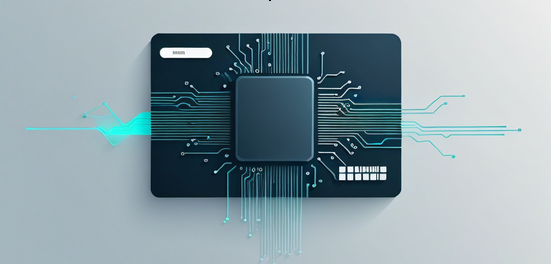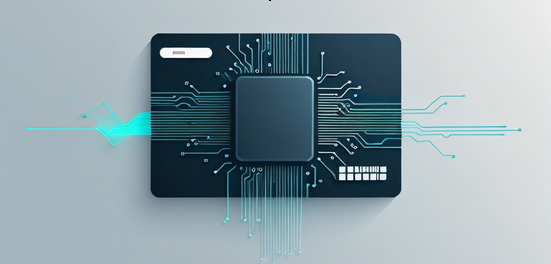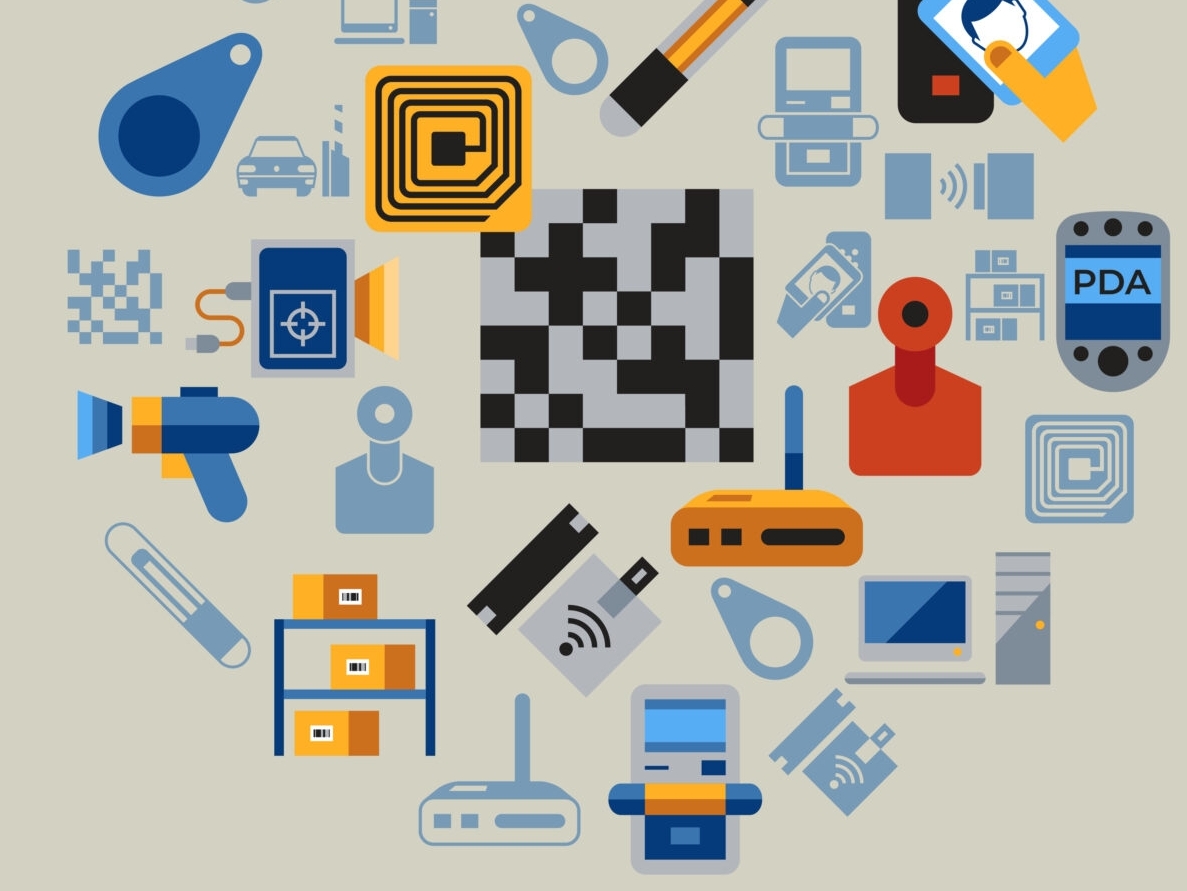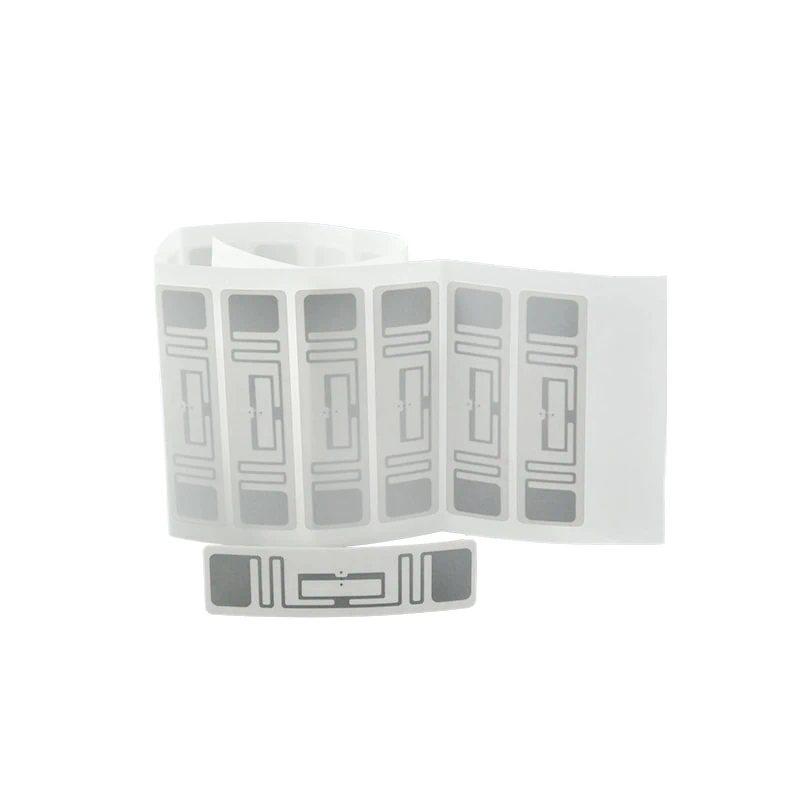Key Management and Security Authentication Explained
Hey everyone, today we’re going to dive into a topic that’s both mysterious and practical—the security technology behind financial IC cards. Did you know that every time we swipe a card for a purchase, there’s a whole “feast of keys and authentication” happening behind the scenes?
First, let’s talk about the “heart” of the financial IC card—the key management system. Imagine your financial IC card as a small safe, storing your money and important information. The key to this safe is the encryption key.

1.Key Generation and Distribution
It’s like making a key for your safe.
In the world of financial IC cards, key generation is a big deal. Banks or financial institutions use internationally recognized cryptographic algorithms, like RSA and ECC—those fancy-sounding technologies—to generate a pair of keys: a private key and a public key. The private key is like the master key to your safe, which only you can hold, while the public key acts as a backup key. The bank or merchant can use this public key to verify your identity.
So, how are these keys distributed to you? Don’t worry—banks or financial institutions set up a secure key distribution mechanism to ensure that the public key is safely and accurately delivered to merchants or payment gateways. As for the private key, the bank sends it securely through trusted channels or physical media, like a special card or an encrypted email, making sure it reaches you safely.
2.Key Storage and Protection
Keep your keys safe!
Once you have the keys, the next step is how to store and protect them. In financial IC cards, the private key is securely stored within the chip on the card, much like hiding the key deep inside a safe. To prevent this key from being stolen or copied, financial IC cards use various storage and protection mechanisms.
For example, hardware protection mechanisms are like adding a protective cover to your safe, preventing unauthorized individuals from directly accessing your keys. Layered encryption strategies are akin to breaking your key into many small pieces, each secured with a different lock. Even if someone manages to steal one piece, they won’t be able to reconstruct the complete key.
Of course, there’s also the access control mechanism, which acts as the “watchdog” keeping an eye on anyone trying to access your safe. It only grants access after verifying credentials such as passwords or biometric data. This way, your keys are protected from all angles!
3.Key Update and Revocation
Get a new key, and the old one becomes obsolete!
Just like we periodically change door locks, the keys for financial IC cards also need to be updated regularly. Banks or financial institutions periodically generate new key pairs, distribute the new public key to merchants or payment gateways, and securely send the new private key to you. This ensures that even if your old key is compromised, it won’t grant access to the new safe.
Of course, if a key is ever compromised, the bank or financial institution will promptly revoke the issued key and notify you to replace it with a new key pair. It’s similar to changing the locks on your house as soon as you realize your keys are missing. This way, your financial IC card receives enhanced protection and remains secure!
Next, let’s discuss another crucial mechanism of financial IC cards—the security authentication mechanism. This mechanism is like an “identity verification show” that takes place every time you make a transaction with your card.
4.Bidirectional Authentication
You verify me, and I verify you!
During a transaction between a financial IC card and a card reader, they engage in a “dance” of bidirectional authentication. First, the card reader sends a challenge to the financial IC card, like saying, “Hey, who are you? Can you prove your identity?” Upon receiving this, the financial IC card uses its internal private key to sign the challenge, saying, “Here’s my signature to prove that I am who I say I am!” It then sends the signed response back to the card reader.
Once the card reader receives the response, it uses the public key provided by the bank or financial institution to verify the signature. If the verification is successful, it’s like saying, “Hmm, your signature matches the sample I have, so you are indeed who you claim to be!” This confirms the legitimacy of the financial IC card.
Of course, the financial IC card also verifies the legitimacy of the card reader. It sends a challenge to the card reader and requests a response. The card reader, upon receiving this, uses its internal private key to sign the response and sends the signed response back to the financial IC card. The financial IC card then uses the public key to verify the signature. If the verification is successful, it confirms that the card reader is also legitimate.
This bidirectional authentication “dance” is like an impressive performance, allowing the financial IC card and the card reader to confirm each other’s identities during a transaction, ensuring the authenticity and security of the transaction. Even if someone tries to impersonate your financial IC card or card reader, they won’t be able to pass this “dance” test!
5.Digital Signature Generation and Verification
Signing is also an art!
In the security authentication of a financial IC card, a digital signature is like a unique form of art. It uses a private key to sign transaction data, creating a one-of-a-kind digital signature as proof of the transaction. This process is like drawing a unique picture on the transaction data with a special pen.
When the merchant or banking system receives the transaction proof, it’s like they’ve received your artwork. They will use the public key to verify the digital signature, just like checking if the artwork is authentic. If the verification passes, it means the artwork (the transaction proof) is genuine and valid; if it doesn’t pass, it indicates that the artwork (transaction proof) might be a forgery, representing a potentially risky transaction.
Through the mechanism of generating and verifying digital signatures, we can ensure that transaction data remains unaltered and authentic during transmission. Just like your artwork, once it’s verified as genuine, its authenticity and validity cannot be denied!
Alright, dear readers, by now you should have a deeper understanding of the security technologies behind financial IC cards. Doesn’t this “feast of keys and authentication” seem both mysterious and fascinating? Next time you swipe your card, take a moment to think about the incredible stories happening behind the scenes!






